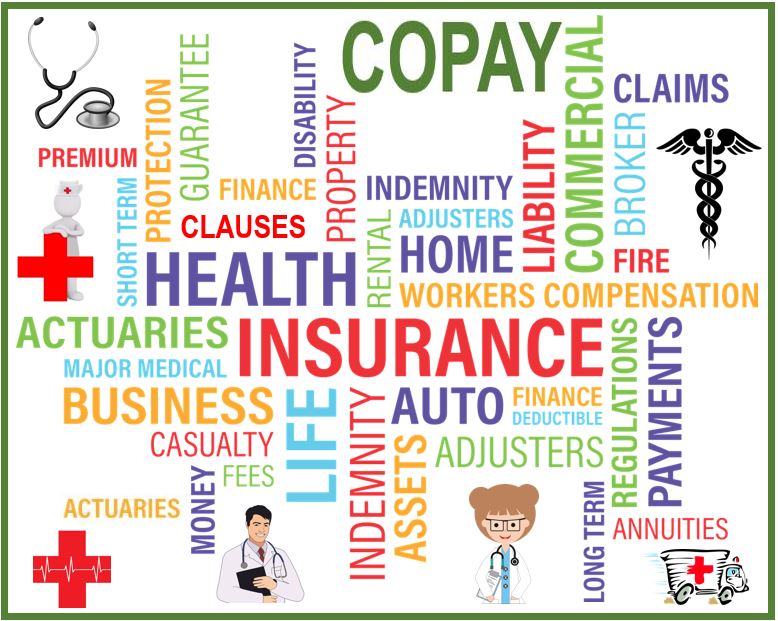Copay or copayment is a fixed amount of money that a patient must pay the health care provider before receiving treatment. It is also a method employed by insurance companies to prevent patients from seeking unnecessary medical treatment. The cost of healthcare services is rising. As a way to limit expenditure, insurance companies have devised a way of sharing health care costs with their policyholders. Usually, it is a flat fee that the patients are required to pay upfront, while the insurance company covers the remaining cost.
 Collecting maximum copays is the goal of every practice because they represent a significant part of their revenue. If a practice is not able to collect the copays from patients or give discounts or waivers, they are losing out on a major portion of their income.
Collecting maximum copays is the goal of every practice because they represent a significant part of their revenue. If a practice is not able to collect the copays from patients or give discounts or waivers, they are losing out on a major portion of their income.
A practice can communicate to patients in multiple ways regarding their financial obligation. Many healthcare technologies are now assisting physicians in the collection of copay.
Practice Management Tools, EHR, and Patient Portals are capable of notifying upfront the exact amount of copay, and can send reminders if the money has not been collected. Health insurance plans are complex and may be difficult for patients to understand.
It is the responsibility of healthcare providers to explain whether there are copays or other deductibles. Along with that, the front desk staff of practices must be trained to collect the copays and outstanding charges.
Here are a few tips to target 100% collection of the copays.
Train Your Front Desk Staff
Front desk staff is the first point of interaction with patients. Calls from patients for appointment scheduling are also handled here. The front desk is responsible for entering patient information in the practice management system.
Train your front desk staff to collect copay upfront from patients by politely asking them. When the patient visits a practice, it is the right time to collect payment, otherwise it might slip through the cracks of daily the workload and payment follow-ups.
Be Transparent
Explain to your patients what their financial responsibilities are. State clearly what they must pay to receive your services. This transparency is a must to increase copay collections. Share with your patients what your billing and collection policies are and ask them comply with them.
Facilitate With Multiple Payment Methods
We are living in an age of digital payments. Consumers in every sector expect to have various methods of payment for the goods or services they want to purchase. Physician practices should offer multiple payment methods if they want to make sure that all their patients can pay. Politely as them whether they can pay the copay in cash, credit card, or through a digital payment gateway. A physician billing service provider can help you in this regard.
Use Practice Management Tools
EMR and EHR, two practice management tools, are capable of displaying financial information as well. You can easily export a list of patients that haven’t paid their copay so that you can carry out a follow-up strategy. Accurate and regular follow ups may boost your practice’s income significantly.
Payment Plans
Some patients may not be able to pay their part in full after their visit. Set up a payment plan with monthly installments for them.
Send Due Payment Reminders
Through email, phone, or using the patient portal, send outstanding payment reminders to late or non payers. Due payment follow-ups are a must to recover unpaid copays. Practices can get their in-house staff to collect the outstanding amounts or can outsource the process to a payment collection company.
Display Visual Signs
Display visual signs in the waiting area that explain the importance and necessity of patients’ copay obligations. You are more likely to get people who do not understand the system well to ask the front desk about their status and obligations.
Communicate Copay Liability In Advance
When patients are arranging their appointments, tell them there and then what their copayment obligations are. They will subsequently have time to make sure they have the money.
Ask Cumulative Amount
Rather than asking for separate payments, combine the whole amount, which should include copay and other service charges, to make it easier for patients to settle the total amount.
Even though copays seem small individually, they add up. In fact, on average they make up nearly twenty percent of a practice’s revenue. Hence, physician practices should take every step to ensure that they are collecting maximum copays.
If you don’t like the idea of your practice doing all the payment follow ups, you could ask a collection agency to do it for you. Physician billing service providers have effective and successfull collection strategies. Most of them would be happy to work on your behalf for a fee.

